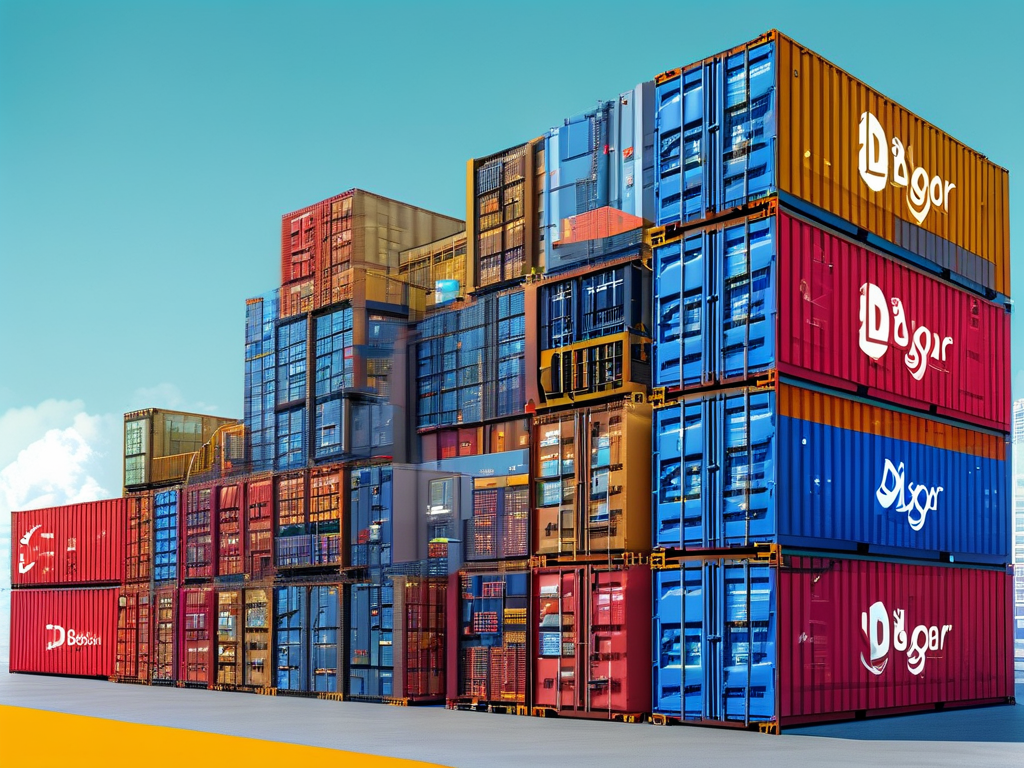The rapid evolution of artificial intelligence (AI) has transformed industries, but deploying AI models at scale remains a persistent challenge. As organizations race to implement machine learning solutions, the need for robust AI project automation deployment strategies has never been more critical. This article explores how automated deployment pipelines accelerate AI adoption, reduce human error, and bridge the gap between development and production environments.

The Challenges of Manual AI Deployment
Traditional AI deployment workflows often involve fragmented processes: Data scientists train models in isolated environments, engineers manually convert code for production, and DevOps teams struggle with inconsistent infrastructure. Studies by Forrester reveal that 67% of AI projects fail to reach production due to deployment bottlenecks. Common pain points include:
- Environment discrepancies: Differences between development and production setups cause "it works on my machine" syndrome.
- Versioning chaos: Uncontrolled model iterations lead to reproducibility issues.
- Scalability limitations: Manual processes collapse under large-scale inference demands.
Building an Automated Deployment Pipeline
A modern AI deployment pipeline integrates four key components:
1. Continuous Integration/Continuous Deployment (CI/CD) Tools like Jenkins and GitLab automate testing and deployment triggers. For example, a natural language processing (NLP) model can be automatically redeployed when:
- Training data accuracy drops below 95%
- Code commits pass predefined unit tests
- Resource utilization exceeds thresholds
2. Containerization with Docker/Kubernetes Containerizing AI models ensures environment consistency. A computer vision team at Tesla reduced deployment errors by 80% by packaging models with OS dependencies into Docker images, orchestrated via Kubernetes clusters.
3. Infrastructure-as-Code (IaC) Using Terraform or AWS CloudFormation, teams programmatically provision GPU clusters and storage systems. This enables:
- One-click replication of staging environments
- Dynamic resource scaling during peak inference loads
4. Monitoring and Rollback Systems Automated alerts for model drift or performance decay, paired with instant rollback capabilities, maintain system stability. Netflix employs automated canary deployments that route 5% of traffic to new models while monitoring error rates.
Real-World Success Stories
Case 1: Healthcare Diagnostics A radiology startup automated deployment of cancer detection models across 200 hospitals. Results:
- Deployment time reduced from 2 weeks to 4 hours
- Model update frequency increased 10x
- False negative rate decreased by 32% through continuous retraining
Case 2: Retail Demand Forecasting Walmart's automated ML deployment system handles 50,000 SKU predictions daily. Features include:
- Auto-selection of optimal models (ARIMA vs. LSTM) based on product category
- Serverless architecture scaling from 10 to 10,000 concurrent predictions
Future Trends in AI Deployment
-
AI-Driven Deployment Automation Emerging tools like AWS SageMaker Pipelines now use reinforcement learning to optimize deployment parameters automatically.
-
Ethical Deployment Guardrails Automated fairness checks and bias detection are being integrated into deployment workflows. Google's Vertex AI recently introduced automated model cards generation.
-
Edge Deployment Automation With 5G expansion, frameworks like TensorFlow Lite are enabling automatic model quantization and deployment to edge devices.
Automating AI deployment isn't just about speed-it's about enabling reliable, ethical, and scalable intelligent systems. As Gartner predicts, by 2026, 75% of enterprises will operationalize AI through automated MLOps platforms. Organizations that master this transition will lead the next wave of AI innovation while avoiding the pitfalls that derail manual deployment approaches. The future belongs to those who deploy intelligently.







